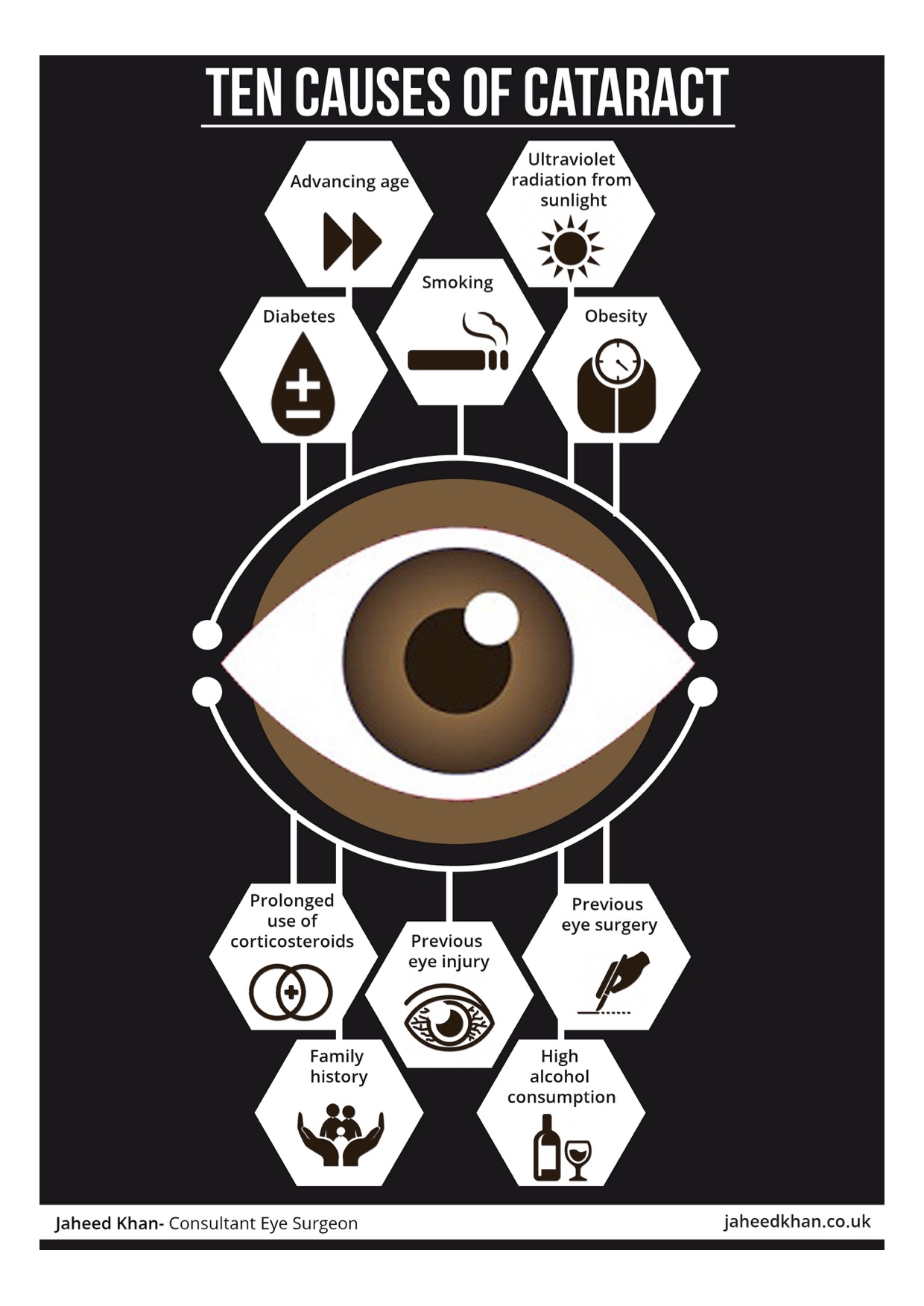What Are The Differences And Similarities In Between SMILE Eye Surgery, LASIK, And PRK?
What Are The Differences And Similarities In Between SMILE Eye Surgery, LASIK, And PRK?
Blog Article
Created By-Munksgaard Osborne
If you've been thinking about SMILE eye surgical treatment, you might wonder how it compares to LASIK and PRK. Each procedure has its own collection of advantages and considerations. From quicker recovery times to prospective dangers, there are essential differences you need to be aware of prior to choosing. Understanding these distinctions will certainly help you make an educated selection that aligns with your specific needs and expectations. lasik vs cataract surgery to know more regarding exactly how these procedures compare carefully? Keep on discovering to acquire a comprehensive understanding of SMILE, LASIK, and PRK.
SMILE Eye Surgical Treatment Overview
If you're considering SMILE eye surgical treatment, you'll locate it to be a minimally intrusive treatment with a quick recovery time. Throughout SMILE (Little Cut Lenticule Removal), a laser is made use of to produce a tiny, accurate cut in the cornea to get rid of a little piece of tissue, improving it to correct your vision. LASIK Vision Correction varies from LASIK, where a flap is developed, and PRK, where the external layer of the cornea is completely eliminated.
Among the key benefits of SMILE is its minimally intrusive nature, causing a faster recovery procedure and much less discomfort post-surgery. The healing time for SMILE is relatively quick, with lots of patients experiencing enhanced vision within a day or 2. This makes it a preferred option for those looking for a practical and effective vision adjustment treatment. Furthermore, SMILE has been shown to have a lower threat of dry eye syndrome compared to LASIK, making it a desirable alternative for people concerned regarding this possible adverse effects.
Differences Between SMILE, LASIK, and PRK
When contrasting SMILE, LASIK, and PRK eye surgeries, it is very important to understand the unique strategies made use of in each procedure for vision modification.
SMILE (Little Cut Lenticule Extraction) is a minimally intrusive treatment that involves creating a small cut to remove a lenticule from the cornea, improving it to deal with vision.
LASIK (Laser-Assisted Sitting Keratomileusis) includes developing a slim flap on the cornea, making use of a laser to improve the underlying cells, and then repositioning the flap.
PRK (Photorefractive Keratectomy) gets rid of the outer layer of the cornea before improving the cells with a laser.
The primary distinction depends on the method the cornea is accessed and dealt with. SMILE is flapless, making it an excellent alternative for people with thin corneas or those involved in contact sports. LASIK provides fast visual healing because of the flap development, yet it may position a higher danger of flap-related problems. PRK, although having a longer recuperation duration, prevents flap-related concerns entirely.
Comprehending these variances is important in choosing one of the most suitable procedure for your vision improvement demands.
Pros and Cons Contrast
To review the advantages and downsides of SMILE, LASIK, and PRK eye surgical treatments, it's important to think about the specific benefits and possible constraints of each procedure. SMILE surgical procedure offers the benefit of a minimally intrusive procedure, with a smaller laceration and potentially quicker healing time compared to LASIK and PRK. It also decreases the threat of completely dry eye post-surgery, a typical adverse effects of LASIK. However, SMILE might have limitations in treating higher degrees of nearsightedness or astigmatism compared to LASIK.
LASIK surgery provides fast aesthetic healing and very little pain during the treatment. It's extremely efficient in treating a wide variety of refractive mistakes, consisting of nearsightedness, hyperopia, and astigmatism. Yet, LASIK carries a threat of flap problems, which can influence the corneal structure.
PRK eye surgical procedure, while not as prominent as LASIK, prevents developing a corneal flap, minimizing the danger of flap-related complications. It appropriates for patients with slim corneas or irregular corneal surfaces. Nevertheless, PRK has a longer healing time and might include much more pain throughout the healing procedure.
Verdict
So, when it concerns selecting between SMILE, LASIK, and PRK, think about it like picking the best set of shoes. SMILE is like a streamlined, comfy set of tennis shoes - fast and simple.
LASIK is a lot more like fashionable high heels - showy and quick, yet with some possible dangers.
PRK is like durable hiking boots - reliable and resilient, however requiring a little bit more effort and time.
Eventually, the very best selection depends on your individual needs and choices.
